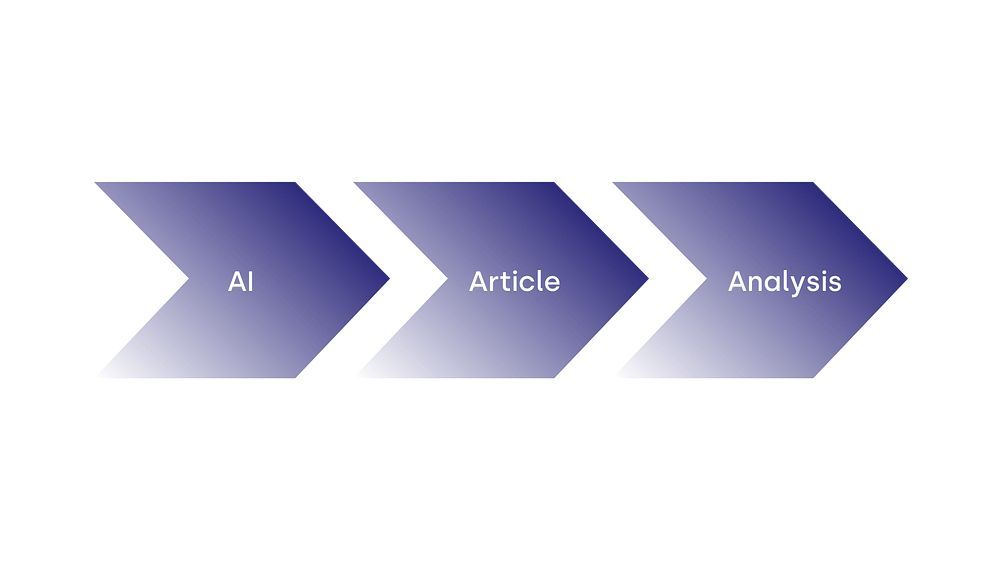Assessing emotional states and intensity in a text
That what we read in our feeds triggers emotions is nothing new. But what kind of emotions and how intense are they? And what impact could this have on the media climate? Mynewsdesk is evaluating the possibilities of using AI within the communications industry.
Part of the data science work at Mynewsdesk consists of exploring methods within AI and machine learning that could simplify the work for content creators and readers alike.
We are discussing the ability to tell the writer what emotional state a text conveys to help them make informed choices. Do I want to write a neutral or slightly more charged text? What would be best suited for my audience and reflect my text's purpose?
Assessing emotional states
Assessing the emotional state of a text, or sentiment analysis is a classic task within linguistics. Traditionally, you calculate how much each word contributes to a positive or negative impression and then sum them up for the text as a whole. For example, sentiment analysis can be used to track how a brand is represented in the media or assess the quality of customer communication.
We are currently in the midst of exploring the possibilities of taking this one step further by using modern technology. We do this by:
- Using a general language model, trained on large amounts of text and multiple languages
- Analyzing sentences and whole texts, rather than individual words, to capture and interpret the context
- Adding a dimension of intensity (arousal) to the classical positive/negative (valence) dimension.
Methodology and analysis
The analysis proceeds by feeding the language model a text and a set of labels. The goal is to determine which labels best fit the text (zero-shot classification). For intensity, we let the model choose which of the words "calm" or "excited" best fits the text. We do the same for "positive" and "negative."

This method allows the writer to get an immediate and objective analysis of the emotional state of the text they are writing. Am I conveying a positive or negative impression with my text? Is the emotional intensity high or perhaps even completely absent?
Emotional ‘content declaration.’
This type of analysis could also be used as a kind of ‘content declaration’ of a text. Even if the factual content is inherently accurate, is there value for the reader in knowing whether the text is emotionally charged? Would that offer a different reading and interpretation of the text in question?
For our clients, it is essential to understand what kind of storytelling leads to impactful communication. We hope this can be a way to learn how the emotional state of a text, or the knowledge of it, impacts results.




